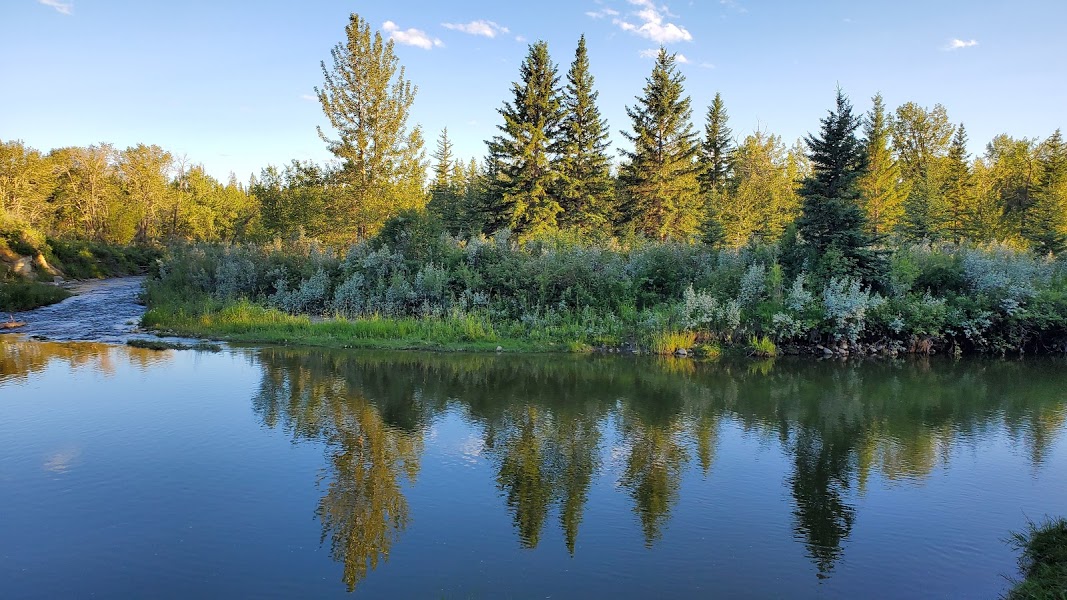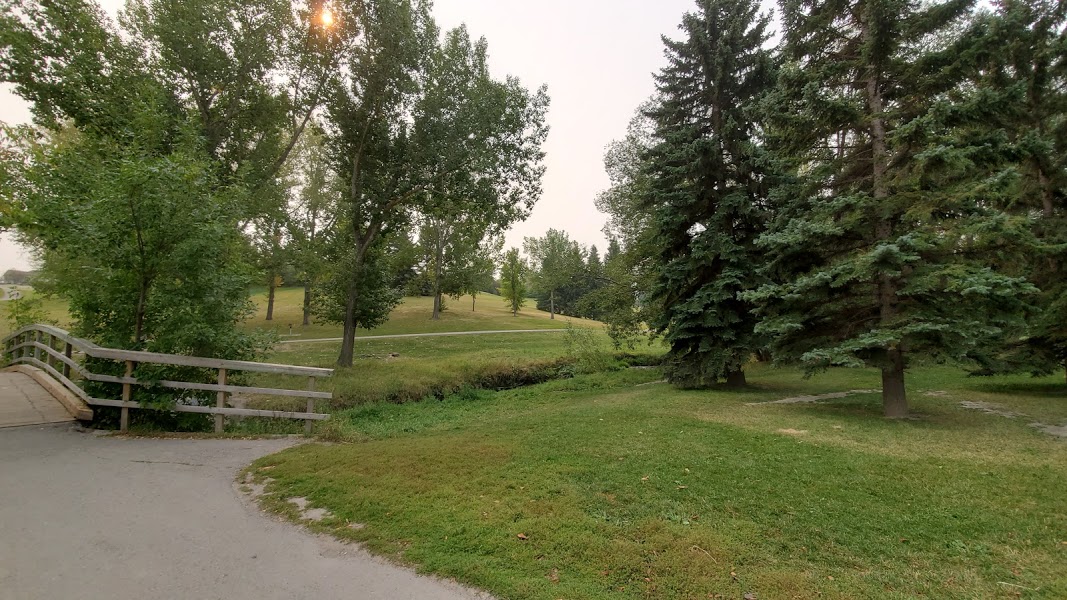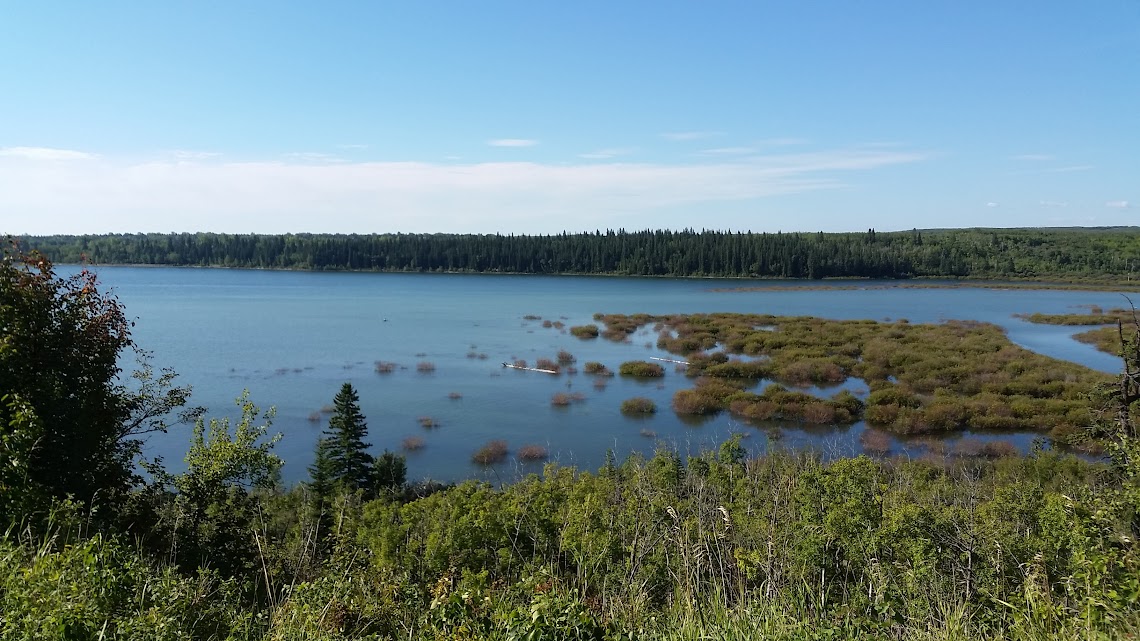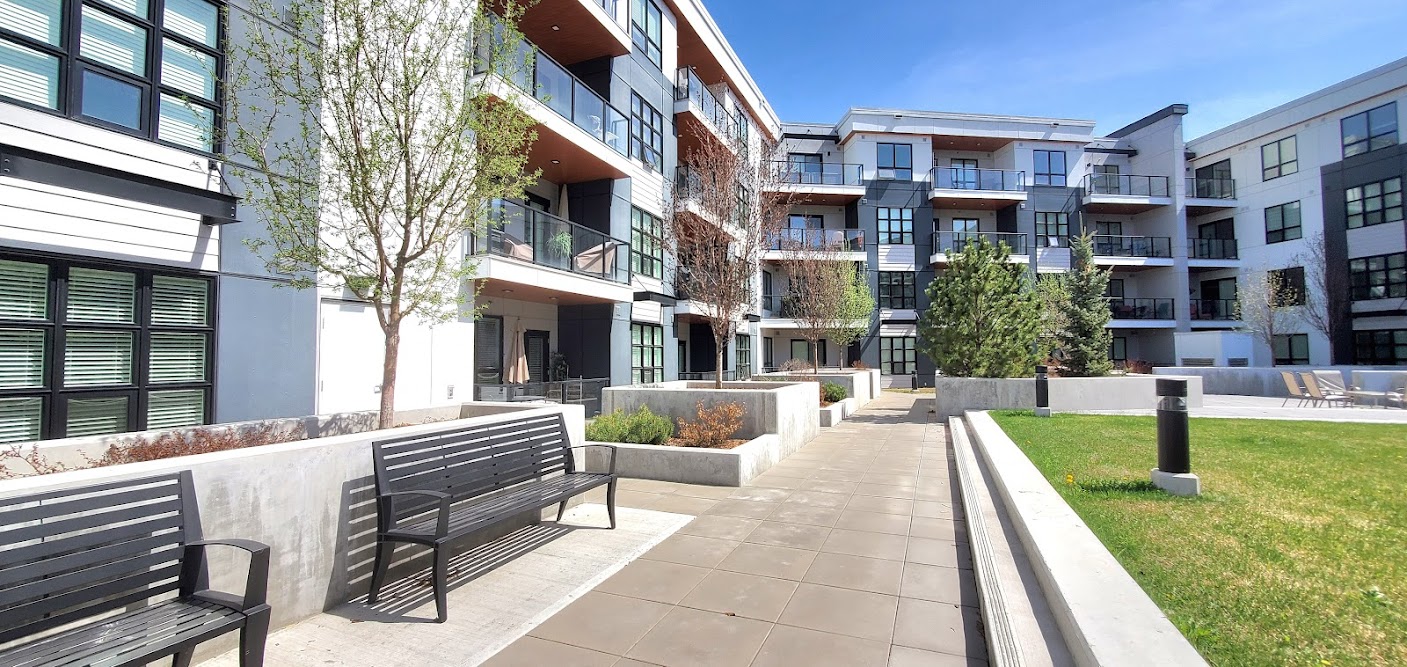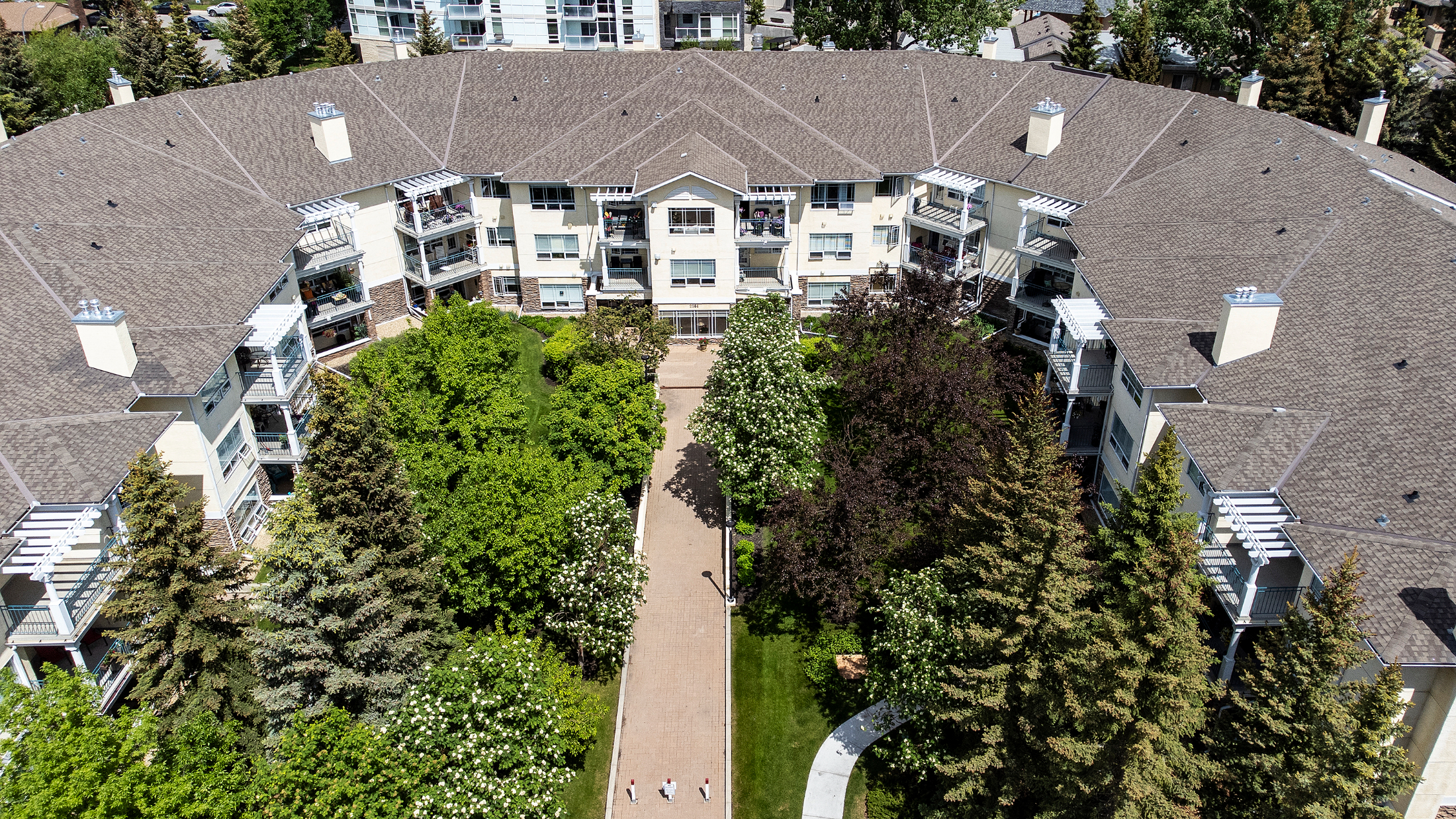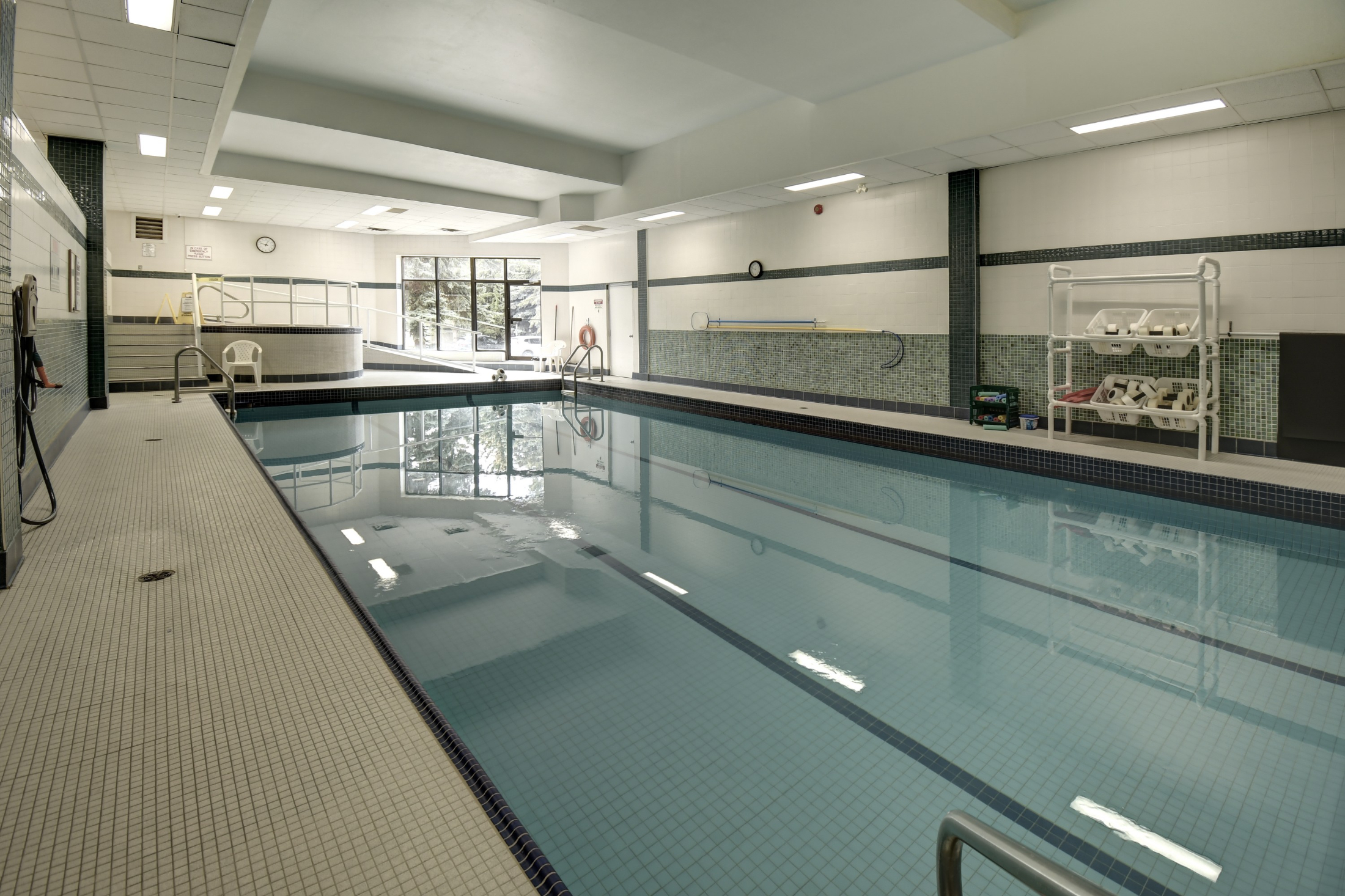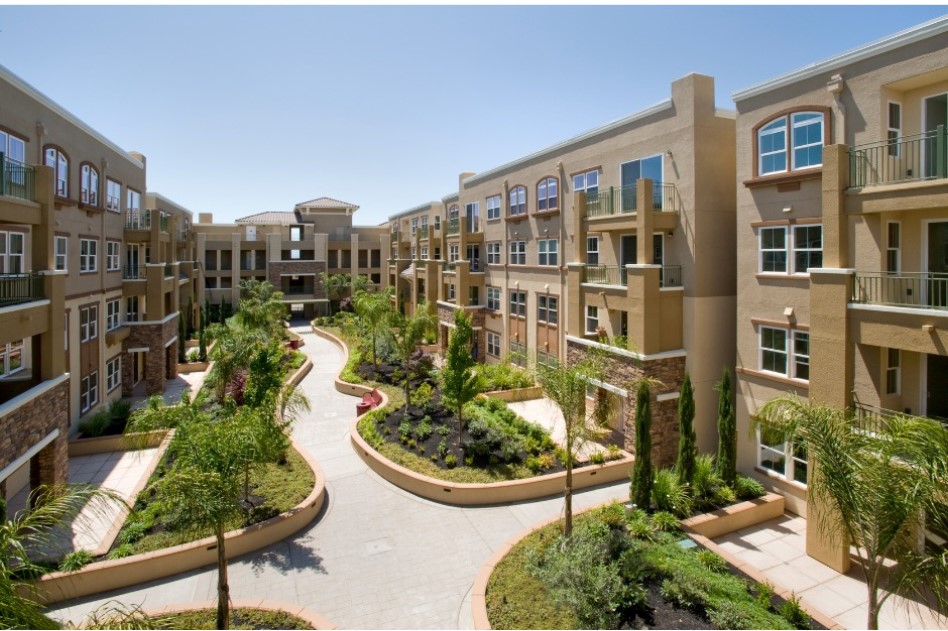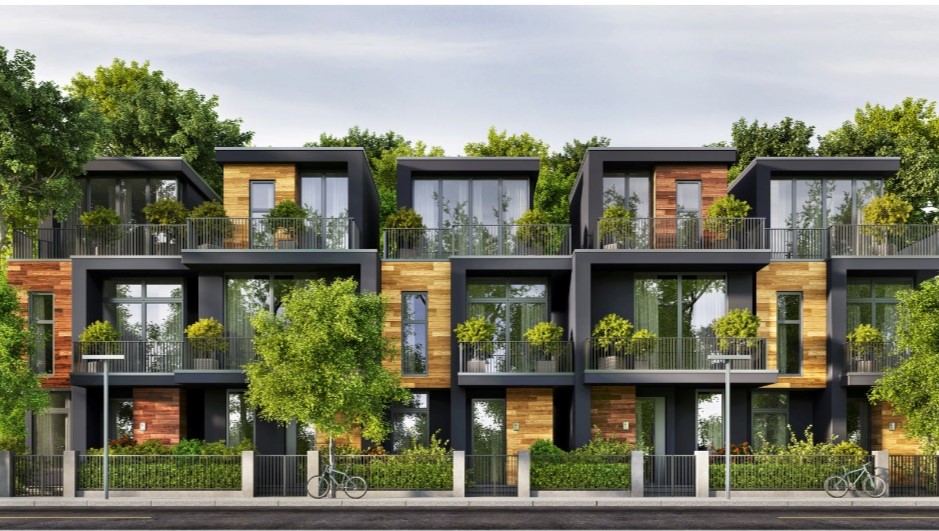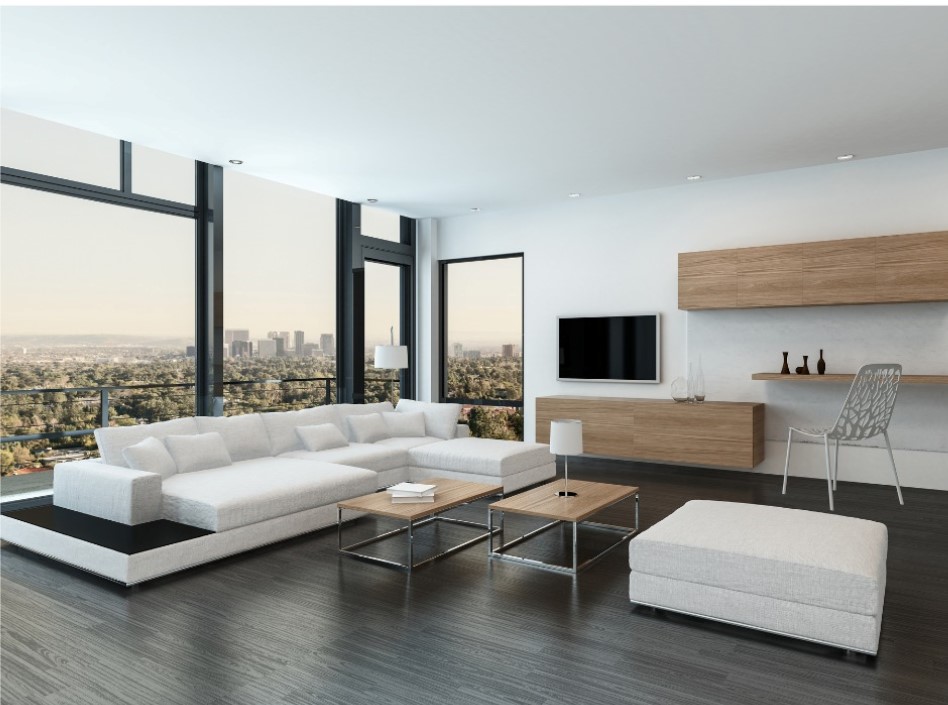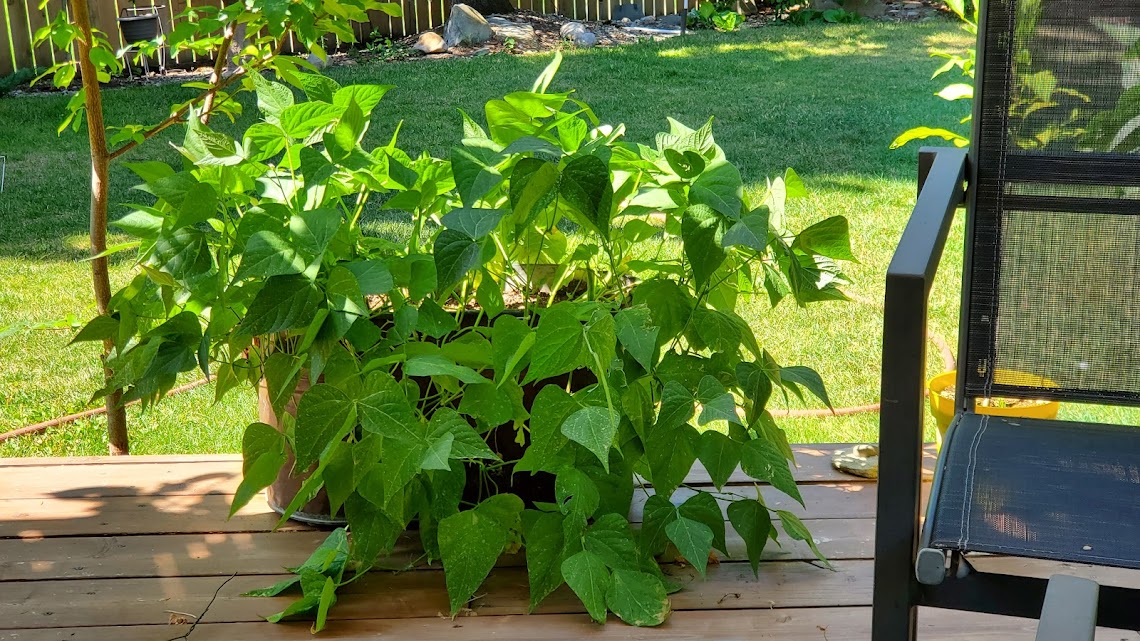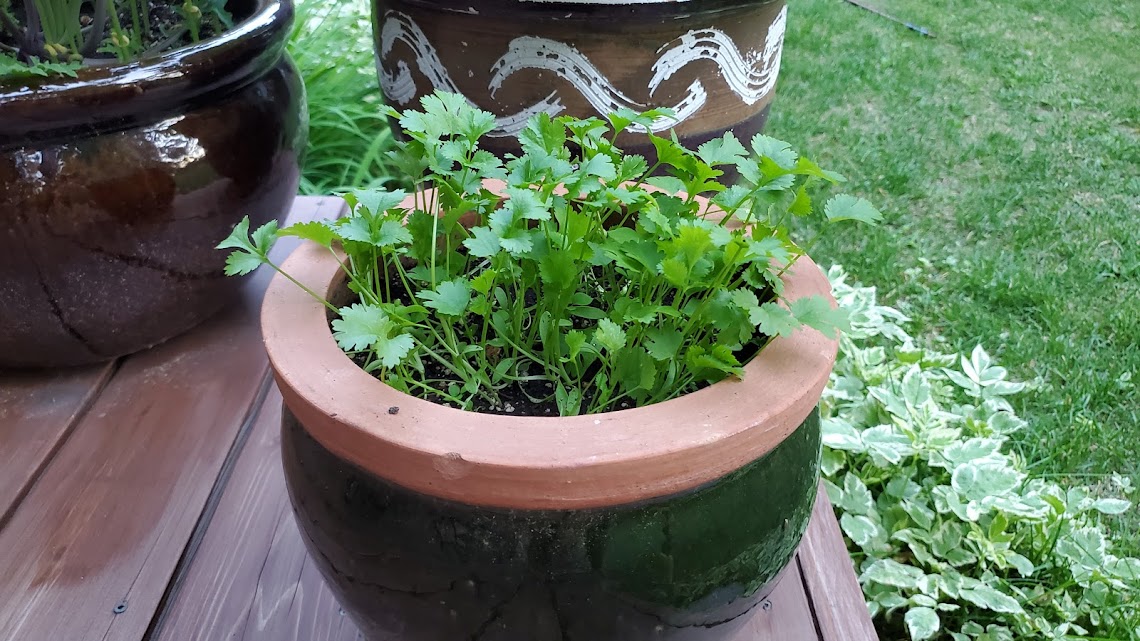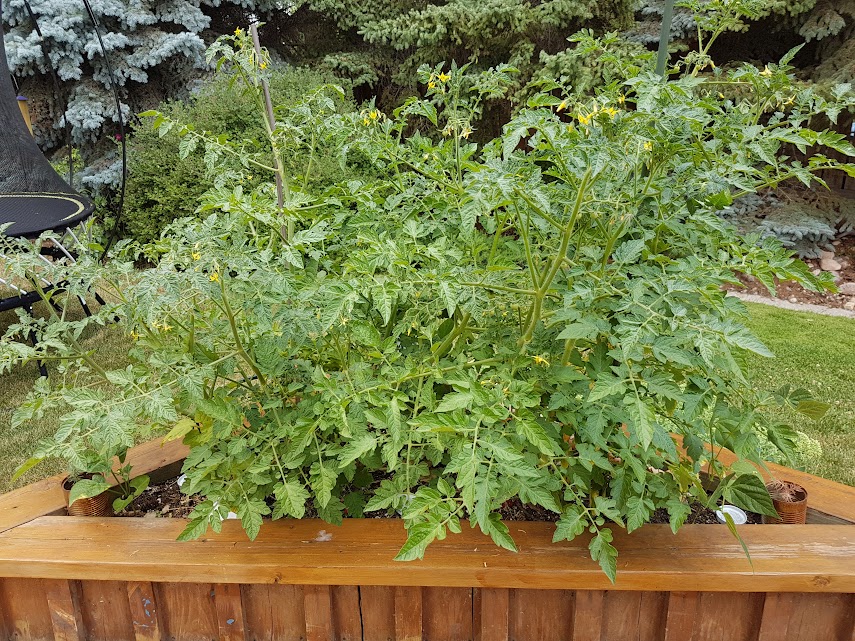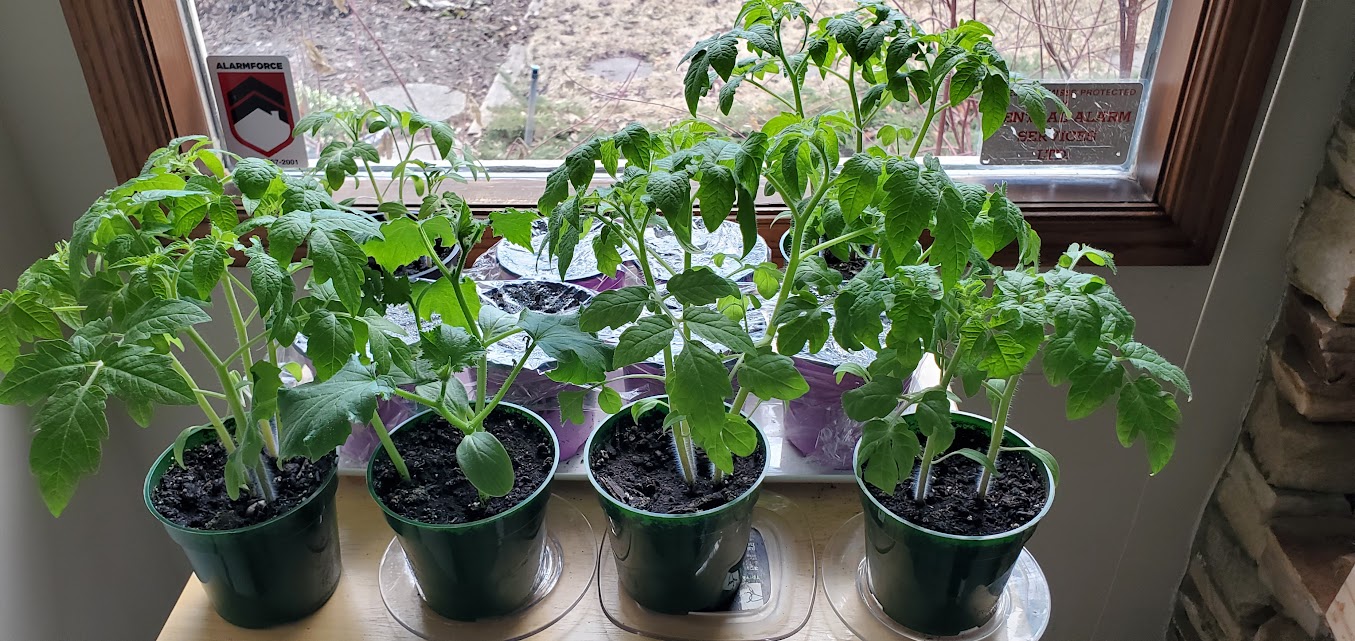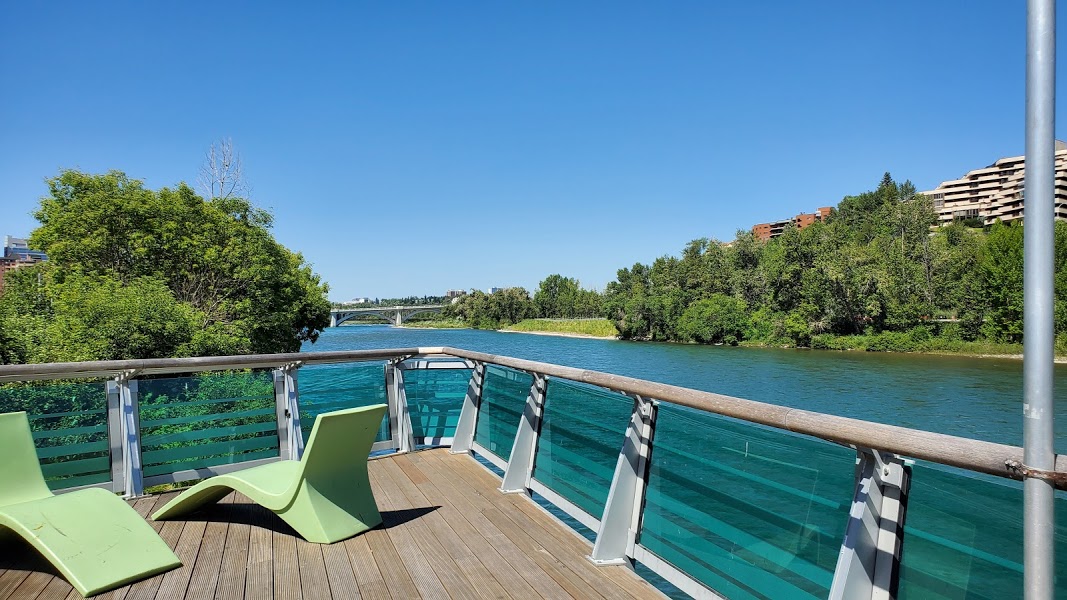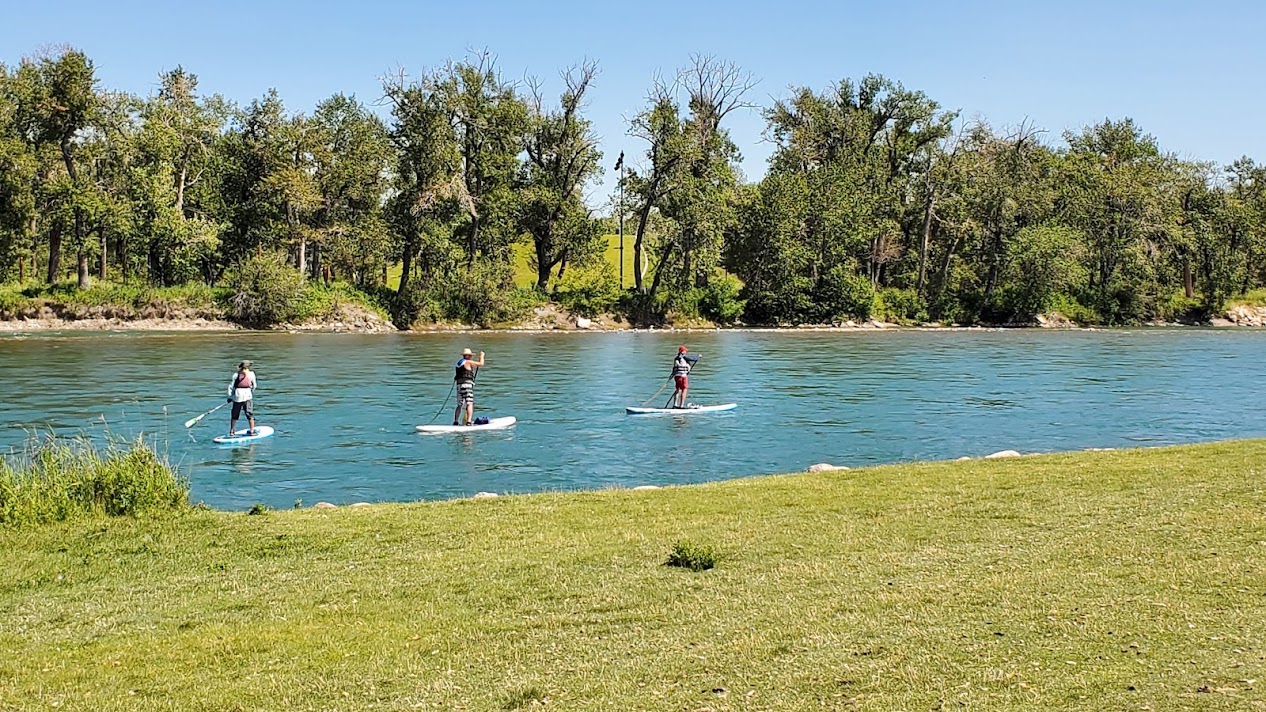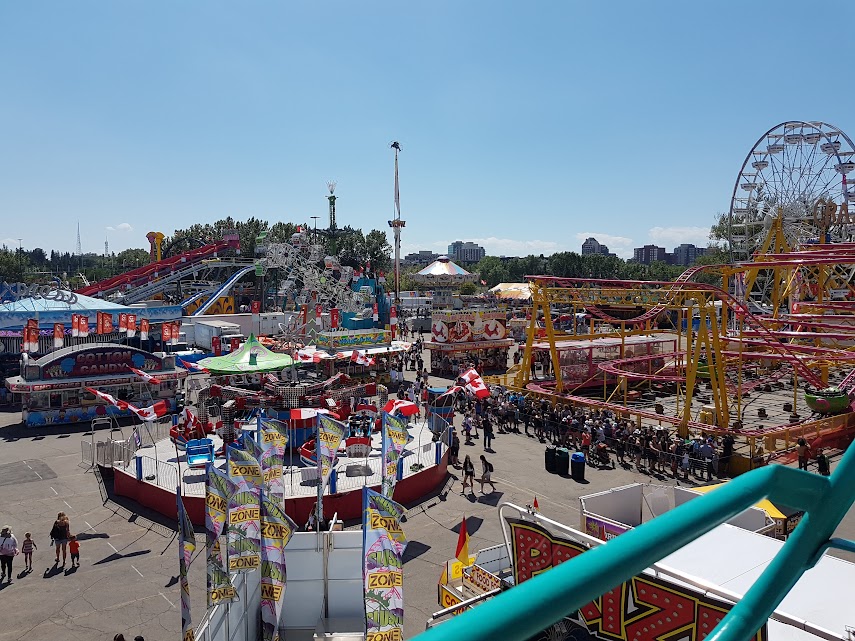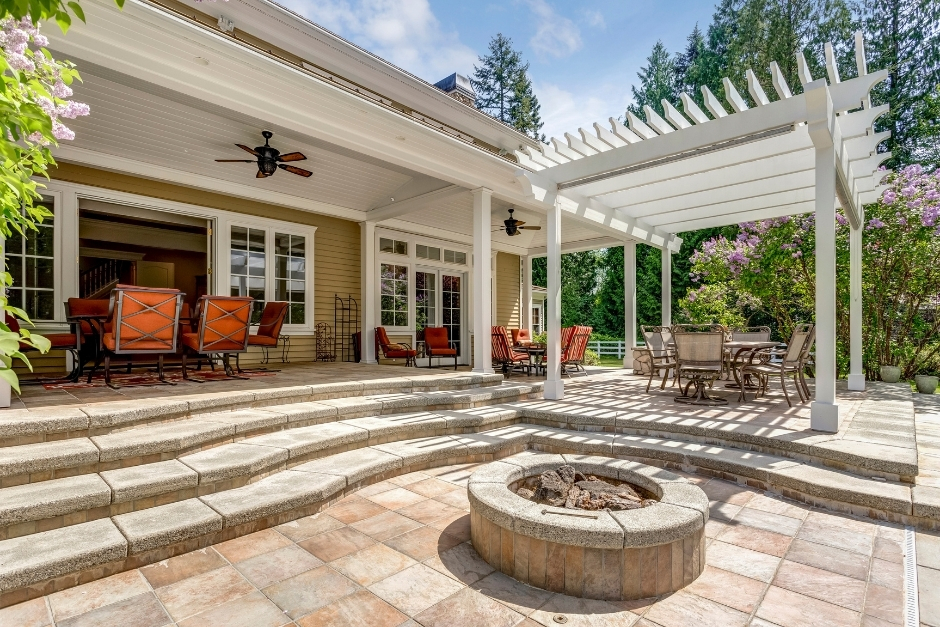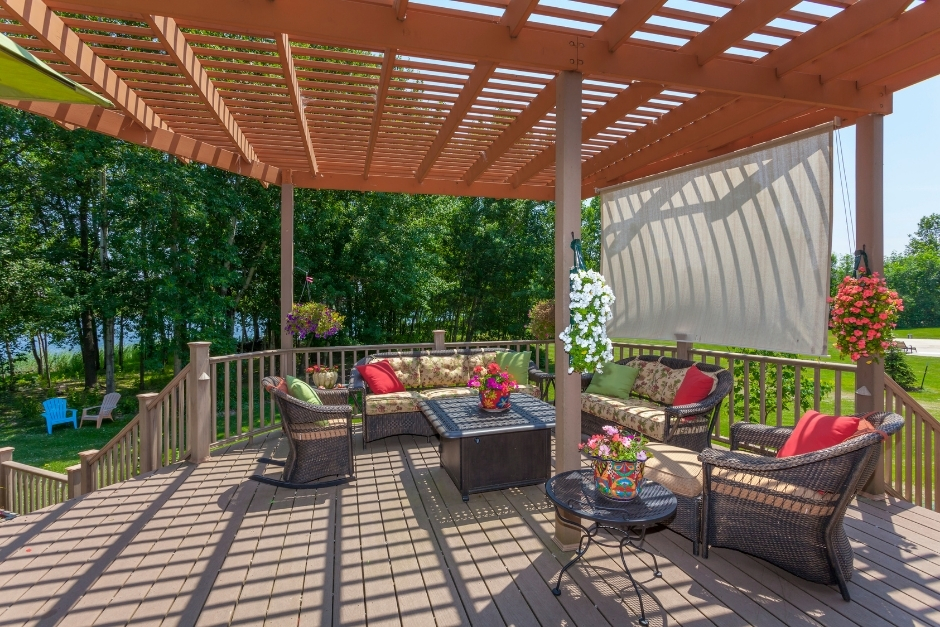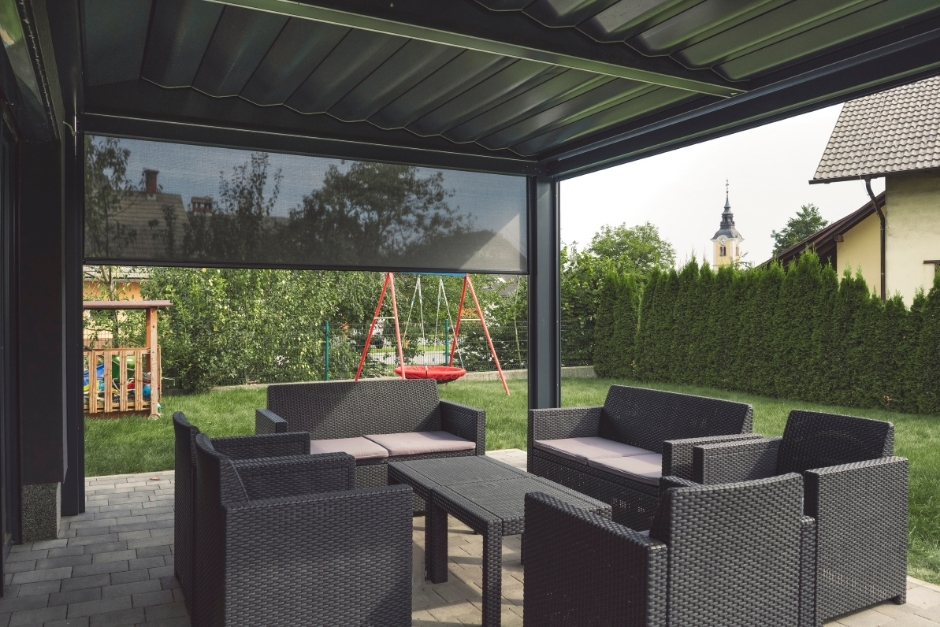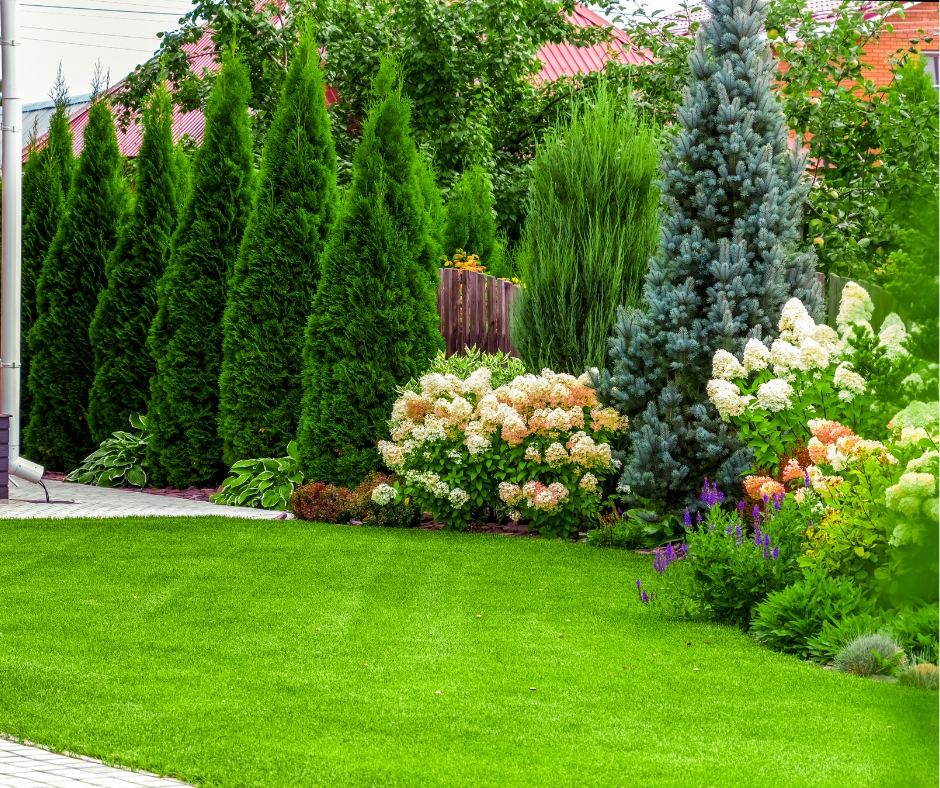Calgary is one of Canada’s greenest cities, with hundreds of parks and natural spaces woven into its vibrant urban fabric. Whether you're looking for a quiet retreat, an active adventure, or a family picnic spot, the city’s parks offer something for everyone.
Here are some of the best parks in Calgary that locals love and visitors rave about:
🌳 1. Fish Creek Provincial Park
Location: South Calgary
Why It's Great:
One of North America’s largest urban parks, Fish Creek offers over 100 km of paved and unpaved trails, picnic areas, and even a man-made beach at Sikome Lake. It’s perfect for cycling, hiking, birdwatching, or enjoying nature without leaving the city.
✅ Highlights:
Sikome Lake (summer swimming)
Historic Bow Valley Ranche Restaurant
Year-round walking & wildlife spotting
🏞️ 2. Nose Hill Park
Location: Northwest Calgary
Why It's Great:
Spanning over 11 square kilometers, Nose Hill Park is a massive natural grassland that offers panoramic views of the city and mountains. It’s a local favorite for dog walkers, trail runners, and anyone craving wide open space.
✅ Highlights:
🧺 3. Prince’s Island Park
Location: Downtown / Eau Claire
Why It's Great:
This beautiful island park on the Bow River is a downtown oasis. It’s known for scenic pathways, riverside views, and hosting Calgary Folk Music Festival and Shakespeare by the Bow each summer.
✅ Highlights:
🌸 4. St. Patrick’s Island Park
Location: East Village
Why It's Great:
A modern, revitalized green space near the Calgary Zoo, St. Patrick’s Island combines urban design with natural beauty. It features art installations, hammocks, and unique gathering spaces.
✅ Highlights:
🐦 5. Carburn Park
Location: Southeast Calgary
Why It's Great:
A peaceful riverside park with walking trails, picnic sites, and tranquil ponds. Carburn is a haven for birdwatchers and canoeists and a quiet place to reconnect with nature.
✅ Highlights:
🌿 6. Confederation Park
Location: Northwest Calgary
Why It's Great:
This picturesque park is perfect for family outings, with picnic areas, a golf course, and seasonal events like Christmas light displays. In spring and summer, it’s lush and vibrant.
✅ Highlights:
Seasonal floral gardens
Walking paths & bridges
Winter tobogganing
🌳 7. Bowness Park
Location: Northwest (Bowness area)
Why It's Great:
A beloved family destination with a lagoon for paddle boating, picnic sites, and a miniature train. In winter, the frozen lagoon becomes a skating paradise. Rent canoes, kayaks, pedal boats or ride the train around the park.
✅ Highlights:
🌼 8. Central Memorial Park
Location: Beltline / Downtown
Why It's Great:
A historic and beautifully manicured urban park with Victorian-style gardens, statues, and fountains. It's perfect for a quiet lunch break or reading session near downtown.
✅ Highlights:
Calgary’s oldest park (est. 1912)
Great for photos, reading, and relaxation
Surrounded by coffee shops and culture
🌼 9. North Glenmore Park
Location: 7305 Crowchild Trail SW. It is on the North side of the Glenmore Reservoir, the Canoe Club is located here as well.
Why It's Great: North Glenmore Park offers such features as an ice trail, skating rink, play parks cross country skiing, canoeing, tennis courts, picnic sites, BBQ stands and fire pits. With wonderful views of Glenmore Reservoir fantastic double path system (one for bikes and one for pedestrians) along the Reservoir.
Swimming & paddle boarding in/on the Reservoir is NOT allowed.
🌼 10. South Glenmore Park
Location: 24th Street SW. It is on the South side of the Glenmore Reservoir.
Why It's Great: Large play park area / splash park with washrooms. A pathway that goes all the way around the reservoir, through North Glenmore Park.
Swimming & paddle boarding in/on the Reservoir is NOT allowed. There is a spot to rent kayaks/canoes at the Glenmore Boat Patrol office - personal flotation devices and paddle(s) are provided.
🏞️ 11. Griffin Woods
Location:
Why It's Great:
Trees. Very wooded area with the Elbow River running throughout. Griffin woods covers 93 hectares and is primarily a natural environment. There are many trails throughout this park.
🌳 12. Sandy Beach Park
Location: This park is on the Elbow River Pathway between Stanley Park and the Glenmore Reservoir.
Why It's Great:
Trees. The Elbow River provides a place to launch rafts, wade in the water. Don’t let the name fool you, it is not a sandy beach. Picnic tables, and play parks.
🌼 13. Edworthy Park
Final Thoughts
From sprawling natural landscapes to well-designed urban retreats, Calgary’s parks add incredible value to everyday life in the city. Whether you're a nature lover, fitness enthusiast, or weekend wanderer, there's a park waiting for you.
🧭 Thinking of moving close to one of these green gems? Let’s explore Calgary neighborhoods that put nature right outside your door…
🌿 Let’s Explore Calgary Neighborhoods That Put Nature Right Outside Your Door
If access to green space is a priority for your lifestyle, Calgary has several neighborhoods that offer easy proximity to the city’s best parks. Here are a few top communities where nature is never far away:
Near: Fish Creek Provincial Park
A family-friendly neighborhood with a private lake, mature trees, and direct access to Fish Creek. Perfect for active families and nature lovers.
✅ Pros: Lake access (McKenzie Lake, Bonavista, Sundance, Midnapore), excellent schools, peaceful streets, mature trees
🏡 Hillhurst / Sunnyside
Near: Prince’s Island Park & Bow River Pathway
Just steps from downtown, this trendy area offers river views, walkable access to green spaces, and a vibrant local vibe.
✅ Pros: Inner-city living + nature, boutique shopping, walkability
🏡 Bowness, Montgomery
Near: Bowness Park & Shouldice Park
A charming riverside community with a small-town feel, Bowness offers access to some of Calgary’s best outdoor recreation areas.
✅ Pros: Affordability, family-oriented, outdoor access
🏡 Tuscany, Haskayne
Near: Twelve Mile Coulee
Located in the northwest, Tuscany features a strong sense of community and easy access to natural trails and pathways.
✅ Pros: Great schools, family-centric, mountain views
🏡 Inglewood
Near: Pearce Estate Park & Inglewood Bird Sanctuary
A character-rich neighborhood blending history, culture, and river valley access—ideal for artists, nature lovers, and urban explorers.
✅ Pros: Heritage homes, unique shops, riverside trails
🏡 Aspen Woods / Springbank Hill
Near: Griffith Woods Park
These upscale west Calgary communities offer luxurious homes with quick access to forested trails and mountain getaways.
✅ Pros: Scenic views, quiet living, luxury homes
🏡 Cambrian Heights, Rosemont, Triwood
Near: Confederation Park
These communities offer a mix of bungalows with large yards, infills with quick access to bike trails, walking paths, tennis courts.
✅ Pros: Quiet living, mature trees, large yards
🏡 Edgemont, MacEwan, Hungtington Hills, North Haven, Brentwood, Charleswood
Near: Nose Hill Park
Established northwest neighborhoods that offer mature trees, excellent access to Nose Hill Park, strong schools, and a blend of nature and city convenience—perfect for families and outdoor enthusiasts alike.
✅ Pros: Scenic views
Ready to Find Your Nature-Loving Neighborhood?
Whether you dream of morning walks by the river, weekend family outings in the park, or scenic bike rides from your doorstep, Calgary offers neighborhoods to match your lifestyle. 🌲
📩 Let’s connect and find your perfect home close to nature. You don’t have to choose between city living and green space — in Calgary, you can have both.
